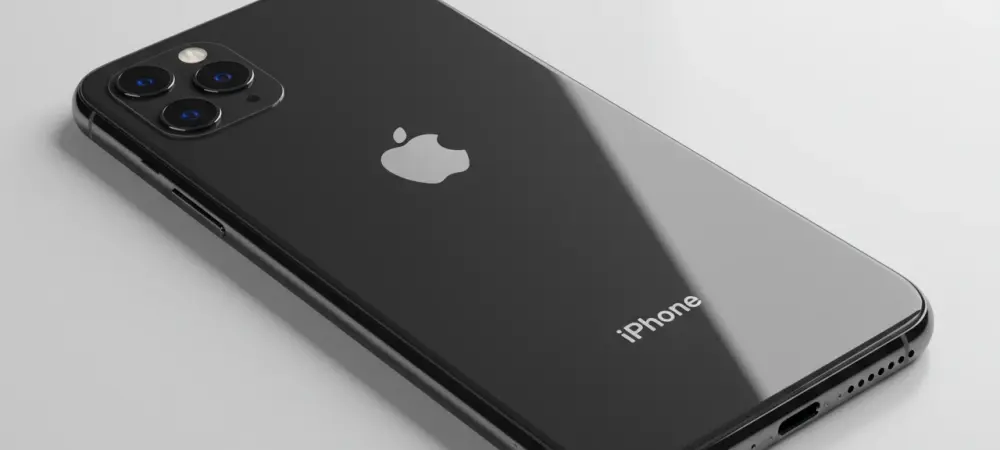The Legacy of Apple’s Design Philosophy
Examining Past Innovations
Apple’s journey in crafting distinct iPhones isn’t new. The company has a history of exploring different sizes and designs, each aiming to capture unique consumer segments. The iPhone mini and iPhone Plus serve as reminders of this approach. The iPhone mini, with its 5.4-inch compact design, offered similar technology to the standard versions but found itself pigeonholed into a niche market. Its appeal didn’t extend widely, revealing a key insight: design alone isn’t always enough to attract a broad consumer base. In parallel, the iPhone Plus presented a larger screen but paired it with a higher price tag, which often deterred budget-conscious buyers. Despite attempts to diversify, these models often struggled to achieve commercial success, leading to questions about the balance between innovation and consumer expectations in product design.
Critique of Recent Models
The experiences with the iPhone mini and Plus underscore the complexity in designing smartphones that break convention. Apple’s pursuit of thinness places the iPhone 17 Air in a similar situation. By prioritizing a slim profile, Apple may be repeating past mistakes, potentially alienating mainstream consumers who prioritize practicality and performance over design novelties. The challenge lies in addressing the inevitable trade-offs such as reduced battery life, simplified camera systems, and other technology shrinkages. Ultimately, while the sleek design of the iPhone 17 Air holds an attractive allure, there’s an undeniable risk of neglecting user needs that transcend aesthetics.
Delving into the iPhone 17 Air’s Features
Leaks and Rumors
As the iPhone 17 Air makes its way through the rumor mill, speculation abounds regarding its specifications and potential compromises. Whispers of a single rear-facing camera align with efforts to maintain an ultra-thin form, measuring an astonishing 5.65mm and weighing a mere 145g. Such feats of engineering demonstrate Apple’s commitment to pushing design boundaries, yet they invite questions regarding real-world functionality. The choice to feature limited hardware configurations may impact usability, particularly if these decisions affect fundamental aspects like battery life. This shift in focus towards an elegant form factor raises an important consideration: whether these design choices can realistically support everyday user demands without offering significant advancements in other areas.
Battery Life and Practicality
The anticipated design sacrifices, particularly regarding battery size, are noteworthy considerations for potential buyers. Reports suggesting a minimal 2,800mAh battery have sparked discussions about the iPhone 17 Air’s endurance. In an era where power-hungry apps and features place higher demands on smartphones than ever before, reaching a balance between portability and power becomes crucial. Consumers might find frequent recharging sessions onerous, which could lead to dissatisfaction with this otherwise advanced device. The industry’s broader quest for battery efficiency and life-extending technology becomes a critical factor in how well such slim devices can meet the expectations of those who lean heavily on their smartphones. Innovations like silicon-carbon technology could offer some hope, but until perfected, they remain speculative solutions rather than guaranteed enhancements.
Financial Feasibility and Market Position
Pricing Concerns
Apple’s pricing strategy for the iPhone 17 Air stands at the intersection of ambition and consumer expectations. With an anticipated starting price near $899, akin to the Plus model range, the financial feasibility of such a purchase requires scrutiny. Higher costs expected from potential buyers must correspond with value additions to justify the expenditure. Although pricing aligns with premium features, lacking elements perceived as standard in other models could deter users from investing in this particular version. Consumer skepticism about the gadget’s cost-effectiveness emerges as a valid concern, especially if alternatives within Apple’s lineup offer more comprehensive features for a similar or slightly higher price point.
Shifting Market Dynamics
In navigating these market dynamics, Apple might consider shifting focus from size-based differentiation to advancements like foldable technology. This strategic pivot has the potential to redefine user interactions and deliver new experiences that go beyond current solutions. A foldable iPhone, already the subject of anticipation, suggests a vast departure from conventional designs, promising functionalities unattainable with traditional flat phones. As market competitiveness intensifies, diversifying offerings with sophisticated innovations like foldables could strengthen Apple’s standing and address consumer enthusiasm for fresh technological paradigms. Positioning the iPhone 17 Air alongside truly groundbreaking products will require Apple to gauge public reception and channel resources where they resonate most effectively.
Rethinking Apple’s Strategy
Balance of Aesthetics and Functionality
Ultimately, Apple’s strategic trajectory with the iPhone 17 Air brings into focus an intrinsic aspect of consumer electronics: the balance between style and practicality. While aesthetic allure serves as an initial draw, sustained interest hinges on features that elevate user experience. As trends evolve, prioritizing advancements that resonate with daily needs over design indulgences can offer a more compelling proposition for buyers. This focused innovation enables items to maintain relevance amidst shifting consumer preferences, ensuring lasting impact beyond initial intrigue. Communicating this balance effectively may require Apple to recalibrate its narrative to emphasize both groundbreaking design and functional excellence as cornerstones of its future product lines.
Opportunities for Innovation
The world of smartphone design constantly evolves, driven by relentless innovation from major tech companies like Apple. Among the most captivating developments is the upcoming iPhone 17 Air, which stands out for its ultra-sleek design. This new model, however, has sparked a significant debate: is it possible for a smartphone to be so thin that it loses its practicality? Apple’s relentless commitment to producing the slimmest devices could potentially affect features that consumers have come to rely on. This article offers an in-depth analysis of Apple’s strategic choices regarding the iPhone 17 Air, examining how the company’s past ventures have shaped its present direction. Additionally, it considers ongoing rumors and broader implications of emphasizing thinness in smartphone construction. While sleekness can be appealing, a balance must be struck between aesthetics and essential functionality, especially as technology makers strive to captivate users without sacrificing the practical aspects of daily use.

